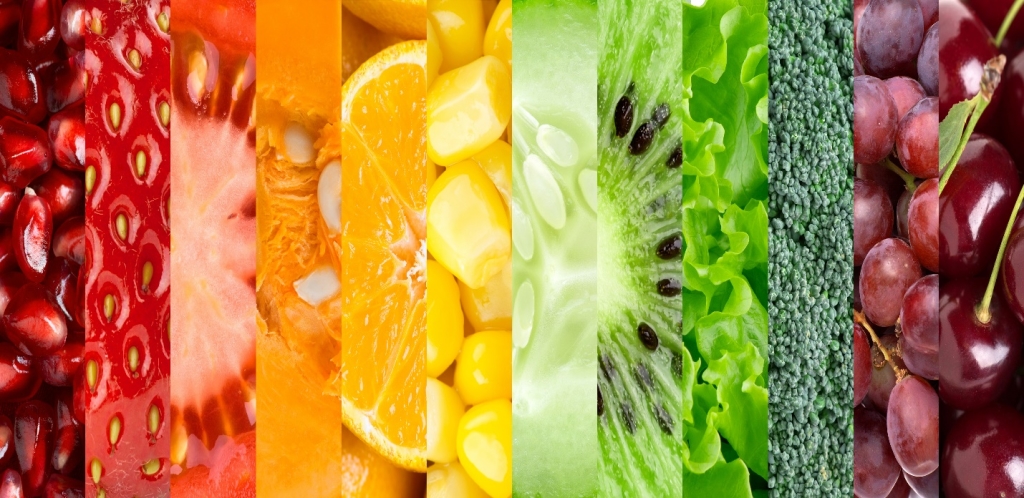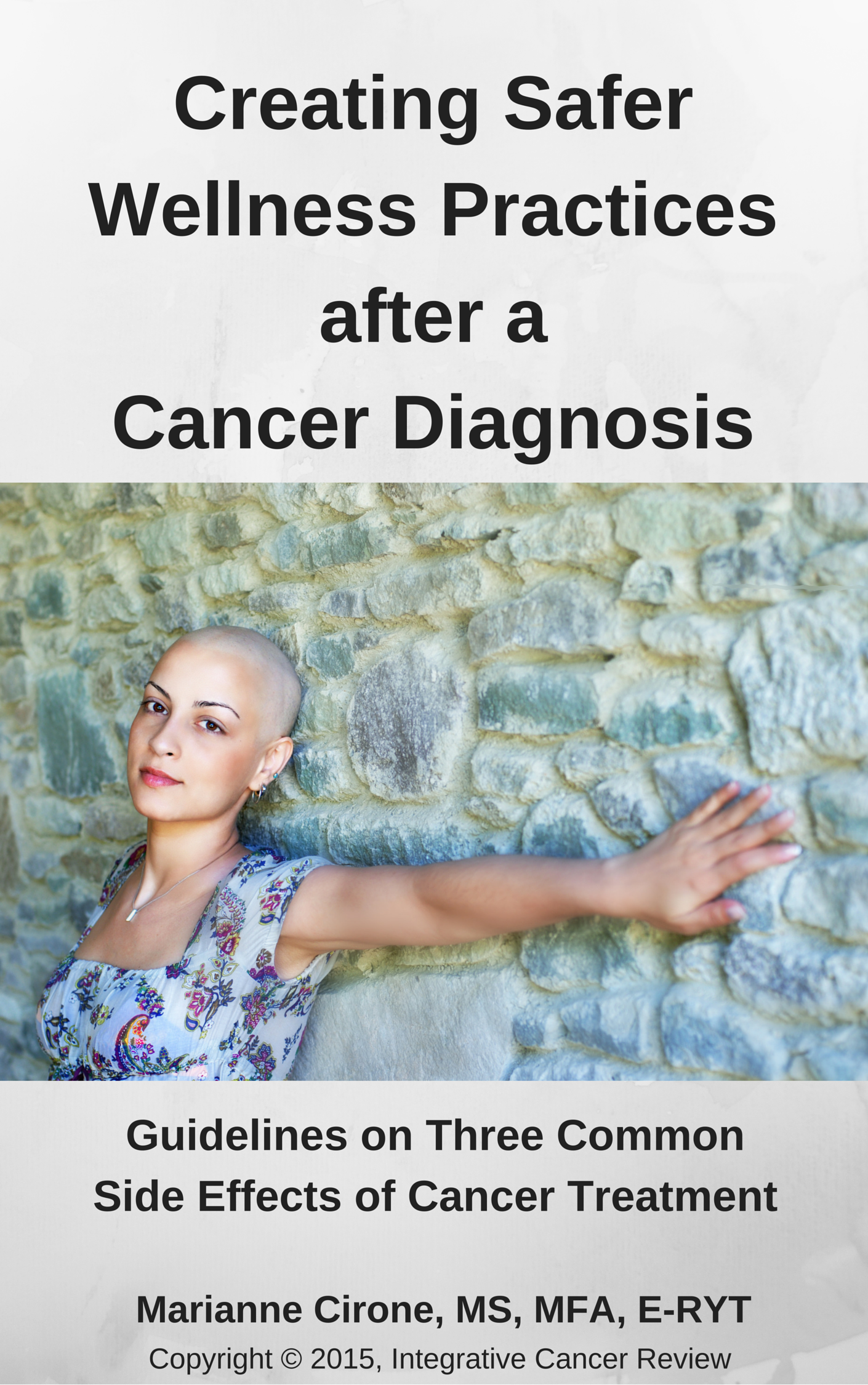While there is much disagreement about nutrition as it relates to cancer, the words “Eat a rainbow of colors” is the advice from several cancer nutrition advocacy groups, including the American Institute for Cancer Research (AICR) and Physician’s Committee for Responsible Medicine (PCRM). And the rainbow of colors they mention don’t represent the colors in Gummi Bears or Jelly Bellies, but rather, the naturally occurring colors found in an array of potentially cancer-fighting foods.
“The more naturally colorful your meal is, the more likely it is to have an abundance of cancer-fighting nutrients. Pigments that give fruits and vegetables their bright colors represent a variety of protective compounds,” stated Neal Barnard, M.D., President of the PCRM.
Studies on Cancer and Diet Support More Plant-based Eating
Replacing a percentage of meat and dairy intake with more plant-based food sources may be the healthiest choice for eating, either before or after a cancer diagnosis, and several major studies support this assertion. For example, data from the European Prospective Investigation into Cancer and Nutrition (EPIC) study showed that study participants who ate the most red meat and processed meat increased their risk of dying by 14 and 44 percent, respectively, compared with those who ate the least.
Research in a 2013 Journal of Nutrition showed that men who drank more than one glass of whole milk per day had double the risk for fatal prostate cancer, compared with men drinking less.
And the National Cancer Institute found that women who consumed one or more servings of high-fat dairy products each day were at a 49 percent increased risk for dying from breast cancer, compared with women who consumed no dairy to less than half a serving per day.
In a 2014 report on breast cancer survival presented by the World Cancer Research Fund International’s Continuous Update Project, a panel of independent scientists reviewed 85 studies with 164,416 participants diagnosed with breast cancer. The researchers found that eating more high-fiber and plant foods–both before and after diagnosis– may reduce the risk of dying from breast cancer.
Eating a Rainbow of Colors for Health
The Cancer Project, a nonprofit focused on advancing cancer prevention and survival through nutrition education and research, recommends eating from the “Nutrition Rainbow” as follows:
- RED foods, including tomatoes and tomato sauce, watermelon, papaya, pink grapefruit, apricots and guava contain lycopene, an antioxidant that cuts prostate cancer risk. Numerous studies show that cooking tomatoes boost the lycopene’s cancer-fighting ability.
- ORANGE foods, including yams, sweet potatoes, carrots, mangos, and pumpkins contain beta-carotene that supports the immune system. Dark leafy greens such as kale, mustard greens, been greens and spinach also contain high levels of beta-carotene.
- YELLOW-ORANGE foods such as the citrus fruits, oranges, lemons and grapefruits, contain vitamin C and flavonoids, such as quercetin, that may inhibit tumor cell growth and detoxify harmful substances. Papayas, onions and peaches also contain these nutrients.
- GREEN foods such as spinach, kale, turnip greens, asparagus, lettuce, avocado, collards, and other greens contain vitamin B-9, also known as folate (derived from the same root word as foliage) that helps to build healthy cells and genetic material. Beans (especially black-eyed peas) also contain high levels of folate.
- GREEN-WHITE foods such as broccoli, Brussels sprouts, cabbage, rutabaga, radishes, turnips and cauliflower contain indoles and lutein that can help to eliminate excess estrogen and carcinogens.
- WHITE-GREEN foods such as garlic, onions, chives, and asparagus contain allyl sulfides that may assist in destroying cancer cells, reduce cell division, and support the immune system.
- BLUE foods such as blueberries, purple grapes, black raspberries, blackberries, eggplant peel, cabbage, purple corn, black currents and plums contain anthocyanins that destroy free radicals.
- RED-PURPLE foods such as grapes, berries, and plums contain resveratrol that may decrease estrogen production, although some studies have found the opposite effect.
- BROWN foods such as whole grains and legumes contain fiber that can aid in carcinogen removal and improved transit times.
According to Donald I. Abrams, M.D., the former director of Clinical Programs at the University of California, San Francisco Osher Center for Integrative Medicine, co-author of Integrative Oncology with Andrew Weil, M.D., a diet that emphasizes fruits and vegetables, whole grains, nuts, cold water fish that provide omega-3 fatty acids (he says fish eaters have a reduced risk of cancer) is the best nutritional strategy.
Dr. Abrams adds: “At the same time, we recommend decreasing your intake of animal fats in general and red meat and dairy products in particular to control cancer-promoting inflammation in the body. I personally believe that refined sugar and carbohydrates are not beneficial for individuals living with cancer because of their effect on insulin production and insulin-like growth factors, which promote inflammation and are also associated with cancer cell division.”
















